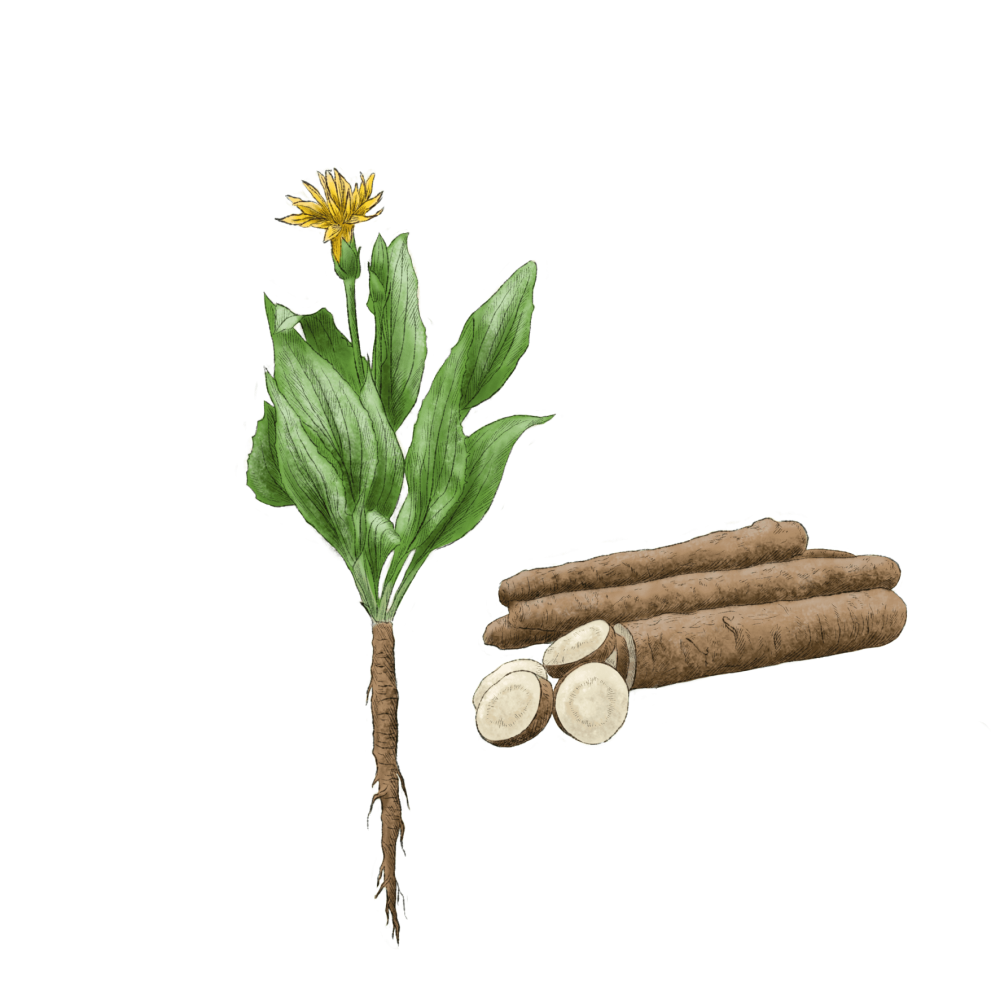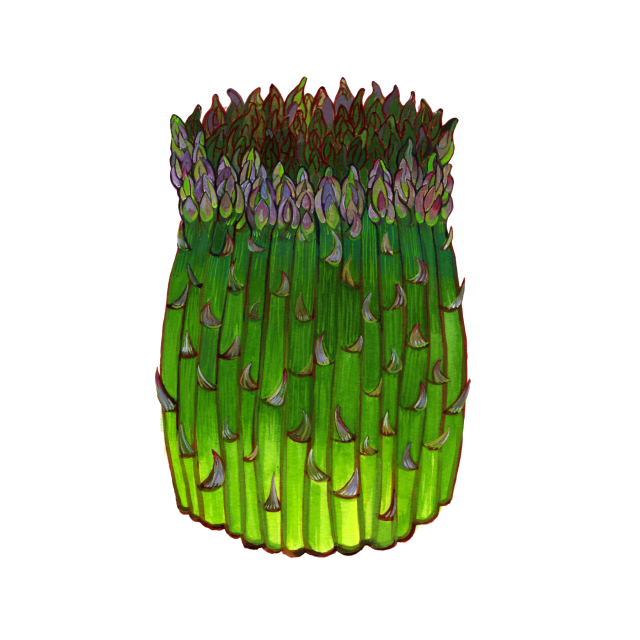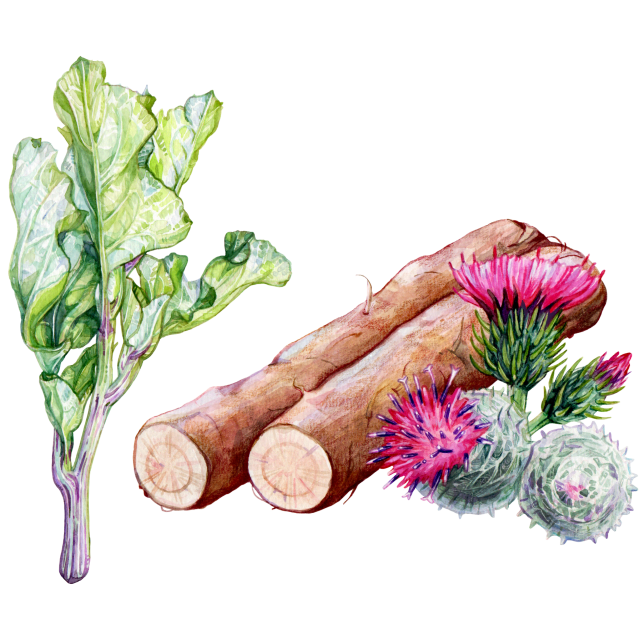Scorzonera

Latin Name: Scorzonera hispanica
Other Names: black salsify, Spanish salsify, black oyster plant
Uses: root vegetable
What is scorzonera?
Scorzonera is closely related to white salsify — they’re both in the daisy family — but true to its name (which means “black bark”), it looks like a black-skinned carrot.
Why is scorzonera healthy?
Scorzonera is high in essential minerals like iron, copper, calcium, sodium, and potassium. It’s a great source of inulin, an important prebiotic that boosts gut health, and contains several potent antioxidants that may have anti-cancer properties.
What does scorzonera taste like?
Scorzonera tastes like salsify, with a faint oyster-like aroma and flavor, but is really more comparable to artichokes or asparagus — it’s sometimes called “winter asparagus.” It has an earthy sweetness similar to parsnips thanks to high inulin content.
How do I use scorzonera?
Scrub scorzonera well before peeling; same as with salsify, watch out for scorzonera’s sticky latex, and plop the peeled roots into a bowl of water acidulated with lemons or vinegar to keep them from browning. Then you can cook them whole or cut them into chunks, and you can serve the cooked roots warm or cold in salads.
What does scorzonera pair well with?
In Spain, scorzonera is sometimes served fried (scorzonera fritta), and elsewhere in Europe it’s traditionally served in much the same way as (and often with) asparagus — with buttery, creamy sauces and/or herbs (especially parsley). Scorzonera also pairs well with Parmesan cheese, chervil, dill, tarragon, and nutmeg; add these to creamy or buttery sauces or dressings served with the vegetable. Roasting and tossing with honey or maple syrup plays up the root’s sweetness.
Where does scorzonera grow?
Scorzonera is native to Spain and grows throughout Southern Europe, the Middle East, and the Levant. Unlike white salsify, which enjoys a cosmopolitan distribution, scorzonera is primarily grown in Germany, Belgium, the Netherlands, and France.
How to buy scorzonera:
Look for scorzonera in specialty and farmers’ markets from late fall to early spring and select firm (but not woody) specimens. Wrap them loosely in a damp paper towel and store them in the crisper drawer of your refrigerator for up to two weeks.
Fun scorzonera fact:
Remarkably, scorzonera has been served in the Netherlands nearly the exact same way since at least the late 18th century, when a recipe for scorzonera appeared in the Dutch cookbook Nieuwe Vaderlandsche Kookkunst (New National Art of Cooking; 1797). Though the recipe calls for the peeled roots to be specifically simmered in rainwater, once cooked they’re served in a parsley sauce thickened with beurre manié (a paste of flour and butter) and flavored with nutmeg and white pepper.





